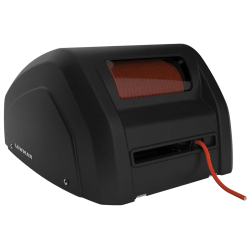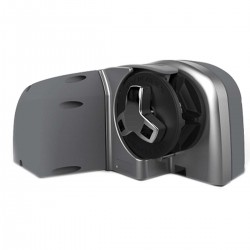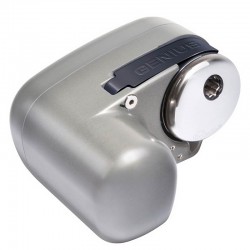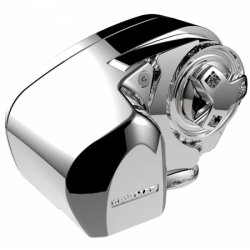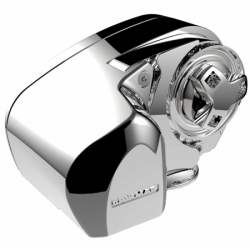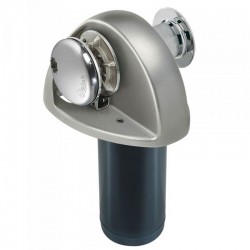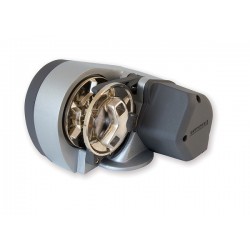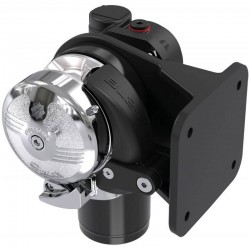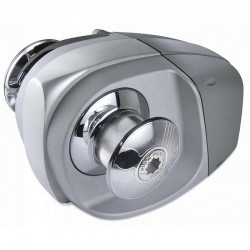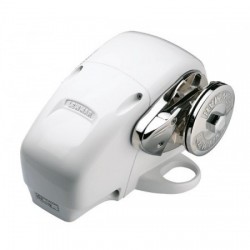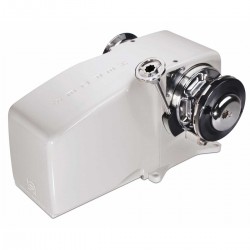Horizontal windlass
Horizontal windlasses are anchor chain handling equipment designed to be mounted on the aft or foredeck of the ship, and to raise and lower the anchor horizontally. They are generally used on larger vessels, and are more efficient at lifting heavy loads than vertical windlasses.

- -€56.17
- -€58.95
- -€61.79
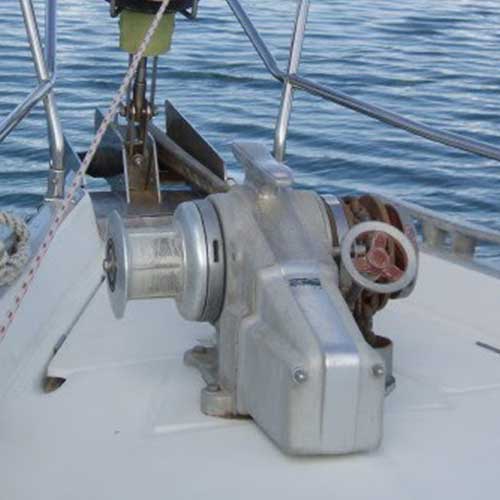 |
ADVANTAGES AND DISADVANTAGES OF HORIZONTAL WINDLASSESHere are some advantages and disadvantages of horizontal windlasses over vertical windlasses: 1. Advantages:
2. Disadvantages:
Horizontal windlasses can be manually or electrically operated. Electric windlasses are generally faster and easier to use than manual ones, but require an electrical power source. To use a horizontal windlass, the ship must be stationary and the anchor must be placed on the bottom. The anchor chain is attached to the windlass and pulled up until it is dropped onto the ship's deck. To lower the anchor, the chain is detached from the windlass and unwound until it reaches the bottom. |

